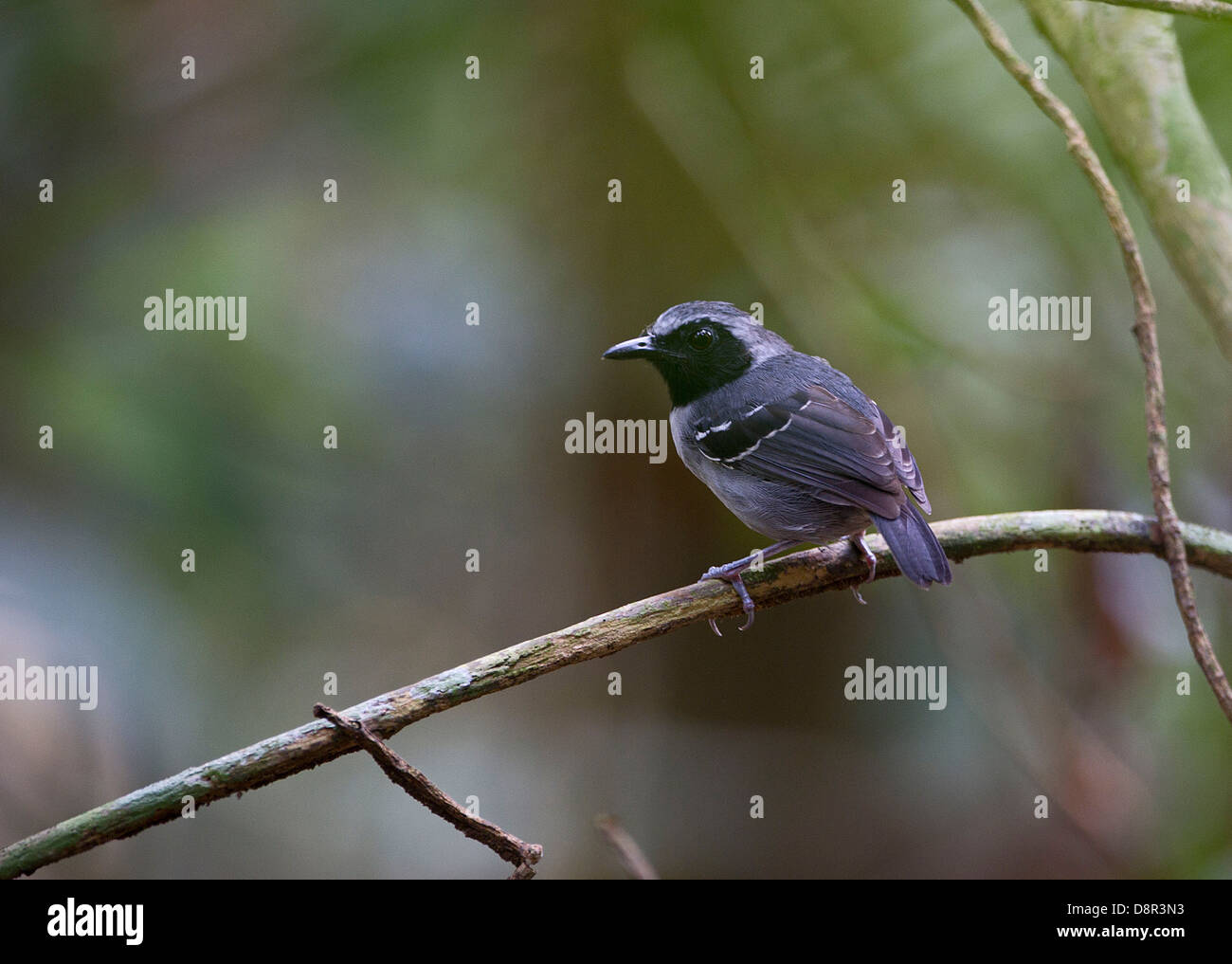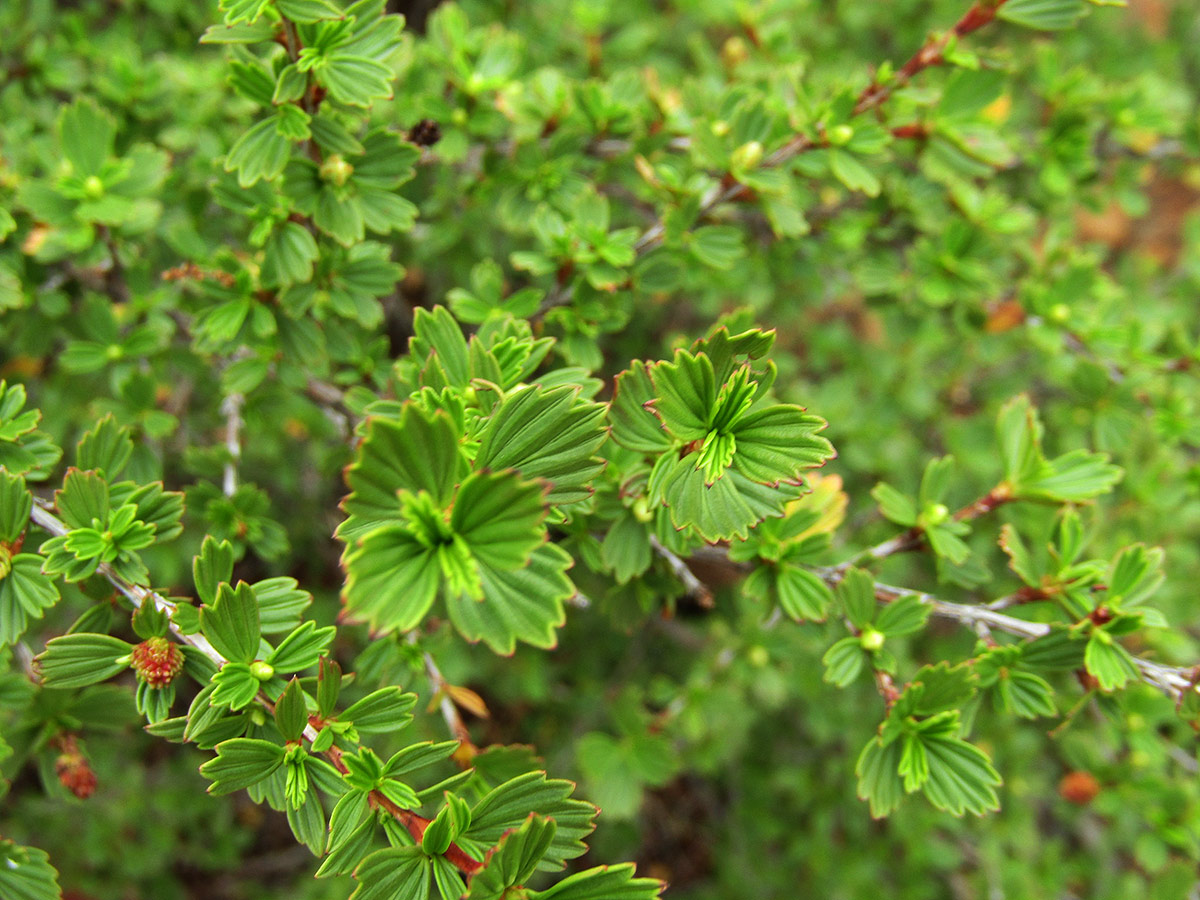Myrmoborus Myotherinus Ochrolaema: The Black-faced Antbird
Share
The Black-faced Antbird, scientifically known as Myrmoborus myotherinus ochrolaema, is a fascinating species belonging to the family Formicariidae within the order Passeriformes. This bird is a remarkable example of the rich avian diversity found in the Amazon rainforest, particularly in Brazil. In this article, we will explore the taxonomy, physical characteristics, habitat, diet, behavior, reproduction, and conservation status of this intriguing bird.

Taxonomy
The Black-faced Antbird is classified under the following taxonomic hierarchy:
- Order: Passeriformes
- Family: Formicariidae
- Suborder: Tyranni
- Species: Myrmoborus myotherinus
- Subspecies: ochrolaema
- Type: Hypocnemis myotherina ochrolcema Hellmayr, Bull. Brit. Orn. CI., 16, 1906, p. 109
This subspecies was first described in 1906, with its type locality being Itaituba, located along the Rio Tapajoz in Brazil.
Physical Characteristics
The Black-faced Antbird is a medium-sized bird, characterized by its striking plumage. Males typically exhibit a distinctive black face, which contrasts sharply with their lighter body feathers. The overall coloration is a mix of browns and grays, providing excellent camouflage in their forest habitat. Females, while similar in shape, tend to have a more subdued coloration, making them less conspicuous.

Habitat
This species is primarily found in the dense, humid forests of Brazil, specifically south of the Amazon River. Its range extends from the right bank of the lower Madeira River eastward to the vicinity of Belém, and south to the Rio Jamauchim and São João de Araguaia on the middle Tocantins. The Black-faced Antbird prefers lowland tropical rainforests, where it can thrive among the undergrowth and leaf litter.

Diet
The diet of the Black-faced Antbird primarily consists of insects and other small invertebrates. This bird is known for its foraging behavior, often seen rummaging through leaf litter and underbrush in search of food. Its specialized feeding habits allow it to exploit a niche within the ecosystem, playing a crucial role in controlling insect populations.

Behavior
The Black-faced Antbird is known for its secretive nature, often remaining hidden within the dense foliage of its habitat. It is a solitary bird, although it may occasionally be seen in pairs or small groups. Its vocalizations are an important aspect of its behavior, with males producing a series of distinctive calls that serve to establish territory and attract mates.
Reproduction
Breeding behavior in the Black-faced Antbird is not extensively documented, but like many birds in the Formicariidae family, it is believed to nest on or near the ground. The female is likely responsible for incubating the eggs and caring for the young, although specific details about their reproductive habits remain largely unknown.

Conservation Status
The conservation status of the Black-faced Antbird is currently not well-defined, but habitat loss due to deforestation poses a significant threat to its population. As the Amazon rainforest continues to face challenges from logging, agriculture, and urbanization, the future of this species may be at risk. Conservation efforts aimed at preserving its habitat are essential for ensuring the survival of the Black-faced Antbird.
Observing the Black-faced Antbird
For birdwatchers interested in observing the Black-faced Antbird, the best locations are the dense forests of Brazil, particularly in the regions south of the Amazon. Early morning or late afternoon are ideal times for spotting this elusive bird, as it is more active during these hours. Patience and quiet observation are key, as the Black-faced Antbird tends to remain hidden among the foliage.
The Black-faced Antbird is a remarkable species that highlights the incredible biodiversity of the Amazon rainforest. Its unique adaptations and behaviors make it a fascinating subject for ornithologists and birdwatchers alike. As we continue to learn more about this species, it is crucial to advocate for the preservation of its habitat to ensure that future generations can appreciate the beauty and complexity of the natural world.